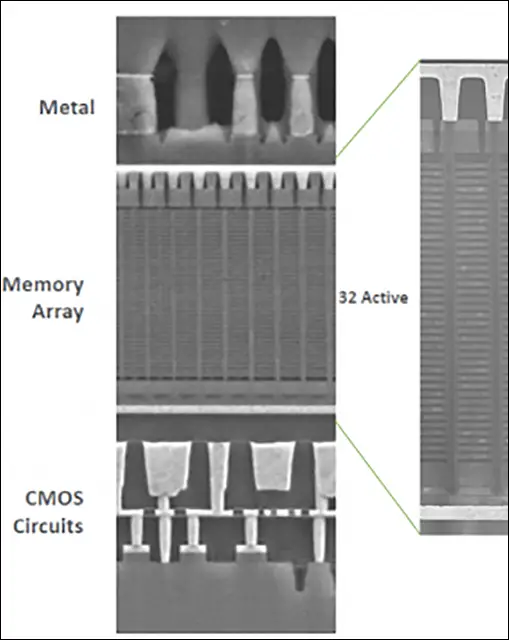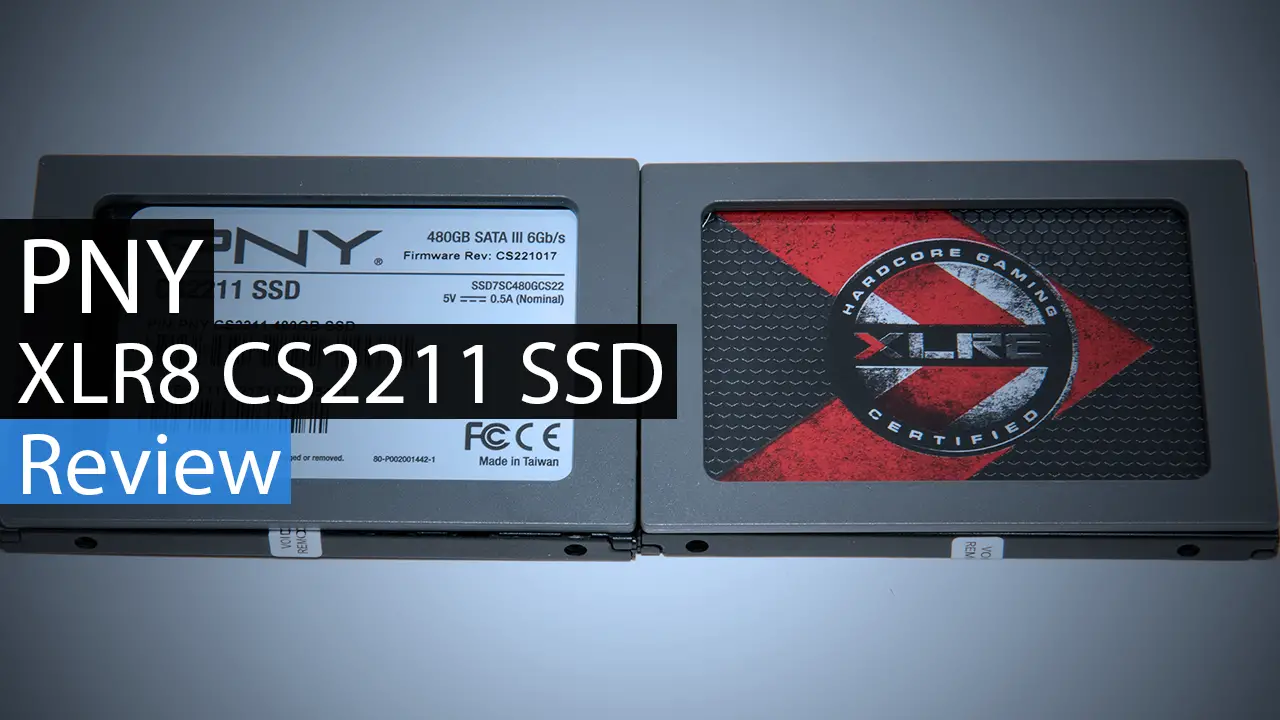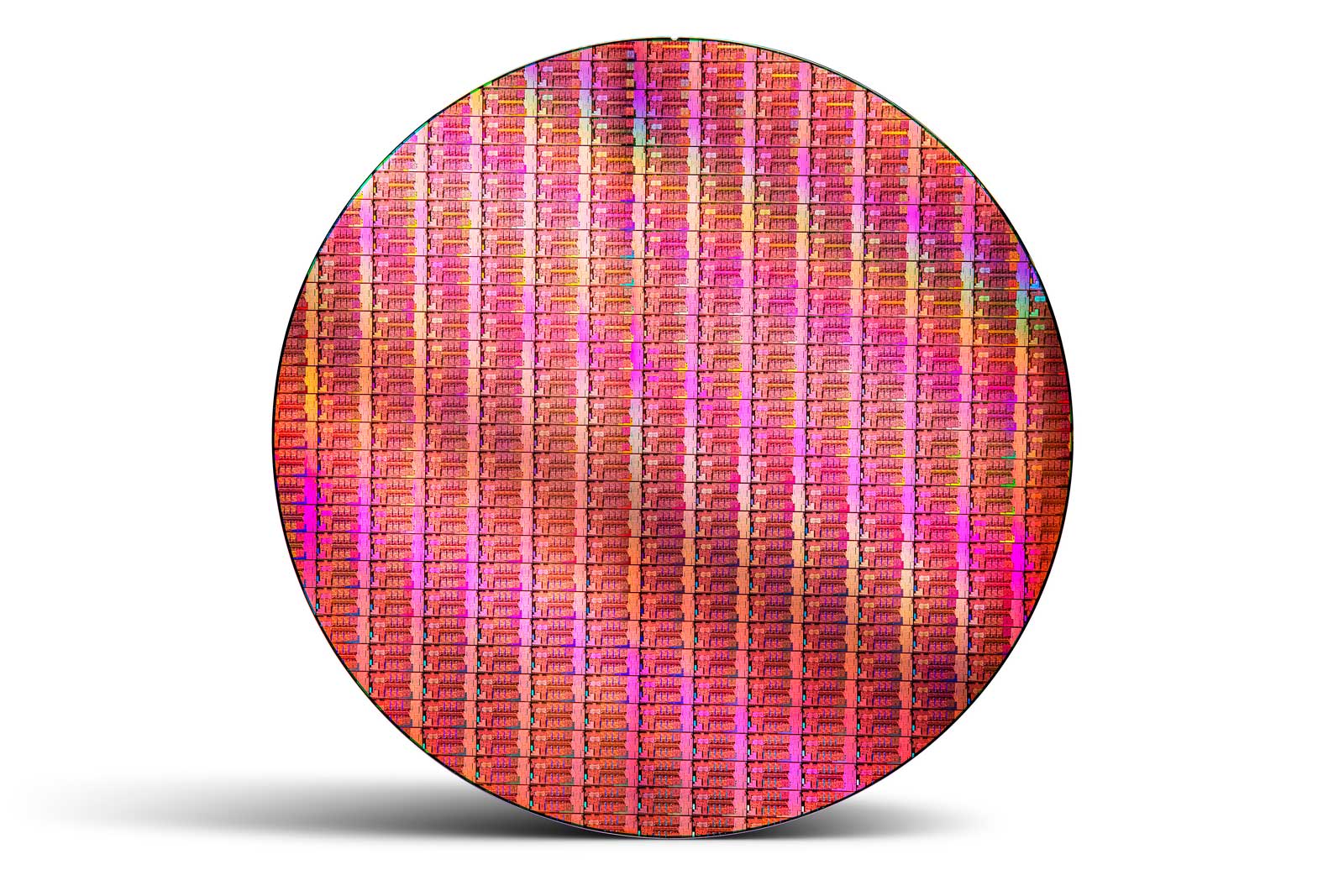While there is no denying that the MX300’s shipping container is just as elegant as its predecessors, the fact remains this is actually a much lower key box. By swapping out the black and silver box of the MX200 for a mostly gray one Crucial really has opted for an even more conservative looking package. Though in a market filled with garish and over the top ‘look at me’ shipping containers seemingly focused in on the thirteen-year-old this box will actually be more than eye catching than the MX200!
The accessory list Crucial includes is basically the same as what ships with the MX200 series – that is to say darn decent. Not only do you get a 2.5mm adapter to turn the 7mm form-factored MX300 into a more ‘typical’ 9.5mm drive, you also get a serial for Acronis True Image HD. This software solution may not be as fully featured as the full version of Acronis’ True Image application but it will make cloning your old drive to your new SSD a snap. The only feature that is missing from this accessory list is a 3.5″ adapter plate which makes installing it into a case easier. However, considering the low asking price and the fact a lot of cases now come with 2.5″ drive mounting options this is not the concern it was even a few years ago.
The MX300 itself is also a testament to the conservative approach to SSD design. The top main label is classic Crucial ‘MX’ black, blue and silver that contrasts nicely with the all silver metal chassis, while the bottom ‘information’ label is white with black text. One nice thing is the bottom label’s top right corner explicitly states in bold lettering precisely what capacity version of the MX300 you are holding in your hand. This does make finding a particular MX300 in a pile of them much easier than it otherwise would be. Very nice.
Before we crack open these drives and show the internals, a bit of explanation is in order about the oddball capacity rating. Basically, the new TLC 3D NAND has a density of 384Gbits per die or layer (and yes even though this new NAND is built like an apartment building you can stack a die upon a die… or a fully-fledged apartment on top of another apartment) instead of 128Gbit (MLC) or 256GBit (TLC) like planar (2D) NAND in previous generations. This doe lead to some rather odd combinations. For example, the typical ‘1TB’ SSD is actually 1024GB… but 1024GB does not divide evenly into 48GB (384Gbits). So Crucial either had to go lower than the competition at 21 layers (1,008GB) or higher with 22 layers (1056GB – the actual on-die amount this drive has though this extra 6GB is ‘over-provisioning’ that is not accessible by the system. Only the controller can access it and use these free blocks to replace bad blocks, wear leveling etc. etc.). Crucial decided to be generous and give us more rather than less. This is explains why instead of 250GB, 500GB, 1TB or 2TB; MX300’s are 275GB, 550, 1050GB and 2100GB. Consider this unintended consequence of using mega-density NAND a nice little bonus.
Now with that taken care of as you can see the MX300 1050 makes use of a 3/4 length PCB that houses eight NAND ICs (chips), the Marvell 88SS1074 4-channel controller and a single 512MB LP-DDR3 Ram cache chip. In case you are wondering the MX300 makes use of two different IC layer densities to hit the magic ’22’. To be precise there ‘H’ NAND ICs and ‘G’ NAND ICs (with H having 3 ‘layers’ of NAND per chip, and G having only 2 ‘layers’). Usually we dislike seeing dissimilar NAND ICs used on the same drive, but it really was unavoidable. As such the four channel controller will not have perfect interleaving on all four channels, but each channel will still have at least 4 layers and thus good NAND interleaving level.
To further boost performance the MX300 sets aside a portion of the NAND to use in what is best describe as pseudo-SLC mode. Much like smaller MX200s what the controller does is use an entire TLC cell in 1-bit mode… just as if it was SLC NAND. It then uses this space as a short term cache for random writes and once the controller feels confident that this data is indeed needed for long term storage then – and only then – is it written to the TLC NAND portion of the drive.
Doing this is a lot gentler on the TLC NAND as the wear and tear of physically changing the cell from a 0 to 1 state is a lot less than with the usual six states a TLC cell has. This is a big reason why the MX300 can boast 360TB Total Byte Written specification and excellent write performance. The only downside is that the capacity of the cell is only 1/3 of what it originally was. To put that another way to create a 20GB cache buffer requires sixty gigabytes worth TLC NAND. Personally we would love to be able to manually control the size of this buffer (and create a 350GB ‘SLC’ SSD) but Crucial does not allow that. Also unfortunately Crucial has hard set the buffer size and no longer uses a ‘floating’ capacity buffer like the MX200 series makes use of. This is because it did cause the occasional hiccup if the drive was quickly filled and a main priority of the MX300 series was performance consistency.
Another bonus of using a NAND based secondary cache buffer is the controller can quickly empty its RAM buffer and thus reduce the chance and amount of ‘in flight’ data becoming corrupted in the event of an unexpected power loss. To further reduce the chance of data loss the MX300 has a copious number of onboard capacitors that will allow the controller to do complete any writes that are ongoing, update its logs and then when the power is restored it can figure out what data in the SLC cache can be deleted and which needs to be transferred to the TLC portion of the NAND. The only data that will be lost is ‘in flight’ data stored in the RAM… but once again this amount is limited and since no Acknowledgement (‘Ack’) code is sent to the OS before it is written the NAND, the OS should not be expecting those changes to have been made. This doubling up of redundancy, triple if you include the ECC that also reduces uncorrectable data errors, means the MX300 may not have enterprise grade data loss protection but it is a lot closer than what most consumer grade drives do.














